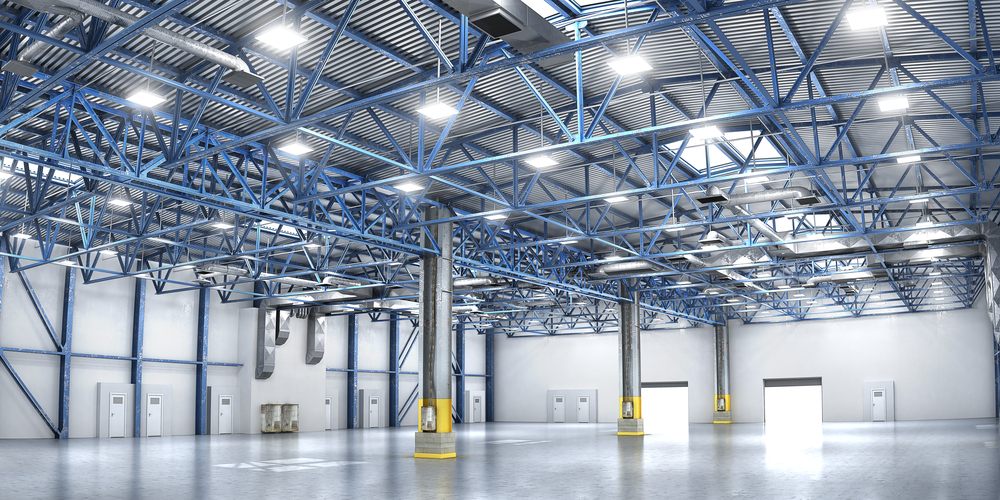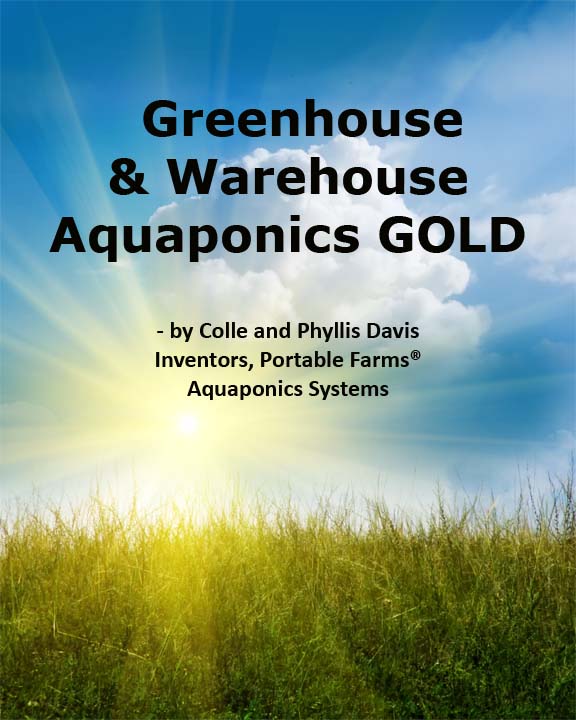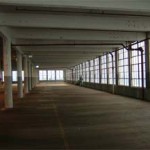Warehouse Aquaponics with Portable Farms®? Yes, Here’s How . . .
– by Colle and Phyllis Davis

We cracked the code so you make money faster and easier and with LOWER ELECTRICAL COSTS to increase your ROI for warehouse aquaponics! You’re welcome.
Those huge empty warehouses on the edge of town seem to be begging to be repurposed again in some productive and sustainable way. The enclosed spaces run from tens of thousands to millions of square feet of usable space. There must be some way to turn that empty space into a money maker.

Greenhouse & Warehouse Aquaponics GOLD
This ebook discloses the facts, figures and formulas necessary for successful greenhouse and warehouse aquaponics growing.
The main advantage for using greenhouses is to modify the microclimate and to extend the growing season for a wider variety of crops. The protection from the weather has a huge positive effect on the plant growth and is very cost effective. The main disadvantage, in most cases, is that the greenhouse is being used in the same-old-ways of intensive farming methods that are used in regular growing. The water is applied to the plants and the excess water flows into the ground and is lost forever. Even if watering is done with careful irrigation even drip irrigation systems, the water is lost forever and, in some climates, increases the humidity inside the structure.
How about making this available warehouse space into a huge aquaponics setup using some special grow lights to grow plants? It sounds so reasonable and straightforward. Every week PFAS LLC receives requests from all over the world from those interested in making use of abandoned warehouses in their area. They dream of converting the interior space of warehouses into a high-intensity food production facility to grow, sell and distribute food locally and make lots of money.
Greenhouse advantages:
-
Controls pests, diseases and predators (birds, small animals, etc.) from the natural surrounding environments
-
Protects plants and fish from extreme weather conditions (except for tornado, hurricane or major flooding)
-
Enables ability to provide shade cloth to protect from too much sun for maximum production
-
Extends growing season
-
Provides pleasant, comfortable, quiet work environment for workers
-
Offers ideal conditions for growing plants and fish
-
Creates a space for the option of installing Grow Lights above grow trays for year-round maximum growing conditions.\The physical building needs to enclose as much air space as possible to help regulate the temperature. Buildings with taller roofs are much easier to keep cool and interestingly, they are easier to keep warm when using the PFAS Technology
Below is the process that nearly all warehouses must go through in order to be ready for Portable Farms® Aquaponics Systems:
- Obtain the use of the building through leasing or purchase or whatever means of legal transfer is required to secure the right to use the space.
- Obtain the necessary permits to make changes to the electrical, HVAC, surface water diversion, sewage hook ups and security systems. This may also require a zoning change.
- Permission from Fish and Wildlife Department in the local jurisdiction.
- Permission from the electrical utility to ‘up the load coverage’ to keep the grow lights on.
- A thorough cleaning. Steam cleaning and even sand blasting walls and floors may be necessary to make the space clean and usable for growing plants and fish.
- Painting all surfaces and using an epoxy coating on the floors.
- Replacing or updating the entire HVAC system.
- Installing an effective grow light system first before installing the aquaponics’ Modules.

10 comments
Skip to comment form
I’m in the beginning stages of starting a PFAS in my local town. I’m wanting to start small, and am leaning towards indoor growing, due to the extremely cold winters in our area, and the severe weather in the spring and summer.
I’ve looked at a lot of different grow lights, and have yet to come up with a solution. Nearly all of the ones I’ve read about are required to be within a maximum of 24″ above the plants. If I am able to grow my operation, I’m not interested in having to make constant adjustments of the grow light system.
Do you have any success stories?
Could you make a recommendation for me?
Thanks,
Tommy
Author
Tommy,
We have had great luck mounting the grow lights on chains and once on pullies and had great luck. We also found the distance can be up to 36 inches especially for starting plants.
We trust this helps.
Colle
Author
Tommy: We are having a sale- August 2 – 6, 2021. Visit the link to learn more: https://portablefarms.com/2021/portable-farms-sale-august-2-6-2021
Our NEWLY REVISED 2021 ONLINE self-paced aquaponics course contains all we’ve learned in our 49 years in the field of aquaponics and includes a Portable Farms® Kit containing the technology that is the ‘heartbeat of the system’ that allows our systems to grow such beautiful food and healthy fish.
In celebration of Portable Farms® 13th Year Anniversary, we’re offering
the sale of One Portable Farms® Course and Kit for $1,399.00.
Buy one Portable Farms® Course and the Kit – $1,399.00
or Buy Two Portable Farms® Courses and Kits – $1,999.00
O’fish-ally Your Friends,
Phyllis and Colle Davis
We are based in Nigeria and want to start indoor farming using our warehouse what is the process for startup
Author
Matthew,
Buy the book Commercial Aquaponics GOLD. Then decide how big a space you are going to use, figure out how many Portable Farms Modules 35m2 will fit into it and order the correct number of Portable Farms Kits.
Author
Matthew: We are having a sale- August 2 – 6, 2021. Visit the link to learn more: https://portablefarms.com/2021/portable-farms-sale-august-2-6-2021
Our NEWLY REVISED 2021 ONLINE self-paced aquaponics course contains all we’ve learned in our 49 years in the field of aquaponics and includes a Portable Farms® Kit containing the technology that is the ‘heartbeat of the system’ that allows our systems to grow such beautiful food and healthy fish.
In celebration of Portable Farms® 13th Year Anniversary, we’re offering
the sale of One Portable Farms® Course and Kit for $1,399.00.
Buy one Portable Farms® Course and the Kit – $1,399.00
or Buy Two Portable Farms® Courses and Kits – $1,999.00
O’fish-ally Your Friends,
Phyllis and Colle Davis
Hi There,
Roughly how much would it cost for a 500m2 warehouse?
Partial and no natural light!
Thank you for your advise!
Chad
Author
Chad,
EXCLUDING the cost of upgrading the HVAC, the cost of the materials, the technology, the grow lights, labor and misc will be in the ball park of US$125,000. Most of that is in the cost of the lighting system. The portion going directly to Portable Farms (PFAS LLC) is less than US$40,000. There is virtually NO usable sunlight inside a warehouse.
I trust this information helps in some way.
Colle Davis – Inventor
Has any of your customers powered a PFAS greenhouse with off the grid SOLAR &WIND ? If yes – what was the cost of that part of the system ?
Author
Ollie,
Nearly everyone we talk with wants to set their installation up to be off-grid. We are not solar/wind experts and every installation has different requirements. You will need to size your installation and then talk to solar/wind experts. Yes several people are powering theirs with alternative power, we have run one ourselves off a small solar panel, inverter and twin batteries.
Colle Davis – Inventor